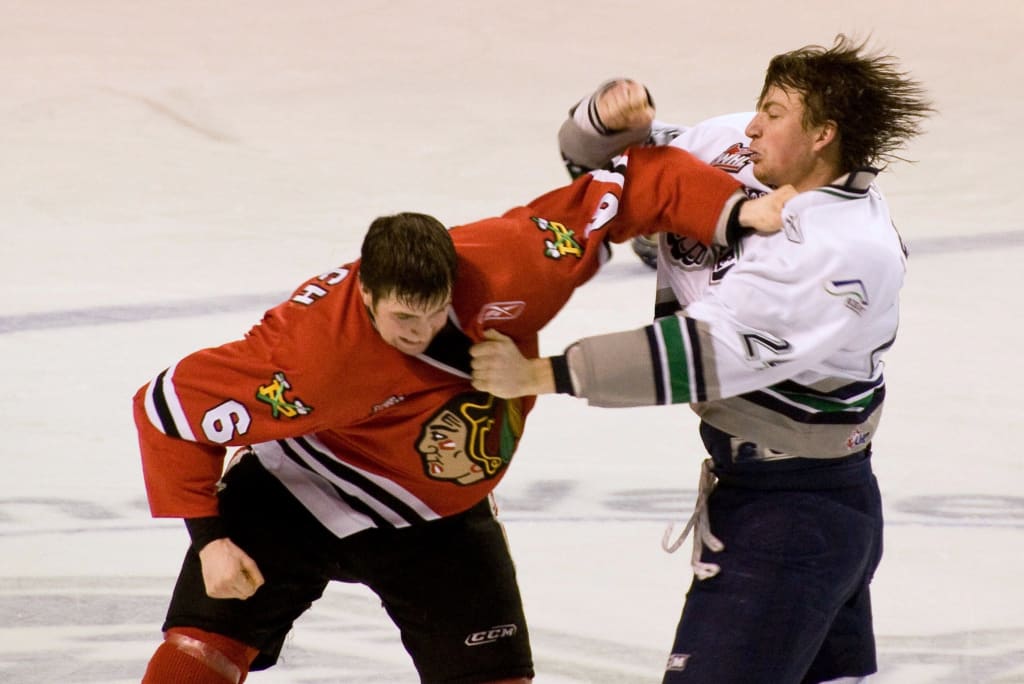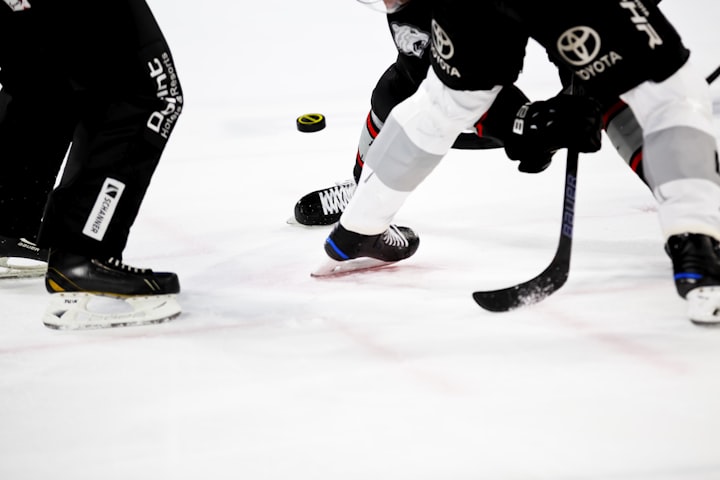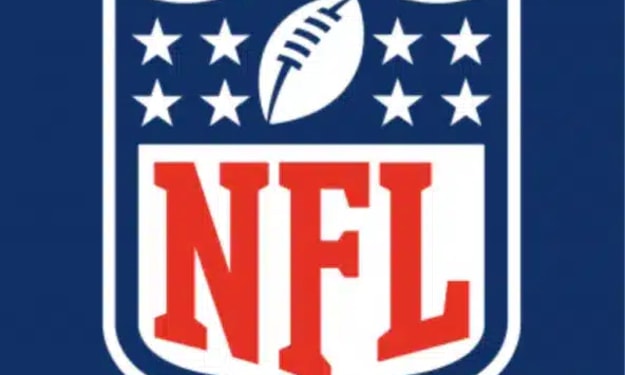
Now let me be clear: I am not advocating for fighting in kids’ hockey. But I am writing about why we need to allow players to occasionally throw a few punches in the NHL. The recent decision in the Quebec Major Junior League (QMJHL) to ban fighting in hockey next season has forced many of us fans into this polarizing debate: Should we allow these players to throw punches at each other?
Now I want to start out by saying that I played hockey for many years in my youth, with many of these seasons spent playing in non-contact leagues. Studies have shown that non-contact hockey leagues have anywhere from a fifty percent to two-thirds reduction in serious head injuries. And this is good news.
What are the Current Rules?
Presently, International hockey bans fighting — by assessing a match penalty. The European leagues follow suit, as they use the same rules as those given by the IIHF. The NCAA, which has in recent years begun to send many more players into the NHL, is even more strict. Any player fighting receives the match penalty which comes with an additional suspension for the next game.
On the other hand, the NHL, and many other leagues which do allow for fighting, assess a 5-min penalty for fighting. For many players, especially those who aren’t the stars of their team, take this opportunity to fight as method of changing momentum into their favor. Most other leagues in North America, such as the AHL, ECHL and the Canadian junior leagues also allow for fighting, by only assessing a 5-min penalty.
However, one of those junior leagues, the QMJHL, is announcing a ban on fighting. The ripple effect of this announcement will likely lead to the OHL (Ontario) and WHL (Western) following suit — since they both also fall under the CHL (Canadian) organization. Considering the CHL, NCAA and European leagues supply nearly all NHLers, I would not be surprised if the NHL jumped on the bandwagon as well and banned fighting. For a variety of reasons, both due to the past and thinking about the future, the NHL mustn’t ban fighting.
Why Should the NHL Allow Fighting?
The NHL Is a Self-Policing Game
For as long as I have known the NHL, I have also known about the “Code”. Basically, the “Code” is a set of un-written rules about fighting. Historically, it has entailed that average players cannot target star players (like Connor McDavid, Sidney Crosby, Alex Ovechkin, etc.) with big hits or force them into fighting. If any of these players were targeted, then the teams enforcer would step in to protect their star player. The “Code” is also applicable after an illegal hit, where the offending player is expected to fight an opponent.
If fighting were removed from the NHL, then Enforcers would become obsolete. This could result in an increase in hits to the head due to the lack of consequences to the offending player. With no tough enforcer to act as the Sherriff on the ice, players would be relying on referees and the Department of Player Safety (DOPS) to adjudicate the incidents. And based on precedence, we can safely conclude that the DPOS has failed on many occasions to sufficiently punish the offenders.
Case in point — the decision from the DOPS not to suspend Tom Wilson of the Washington Capitals after dragging Artemin Panarin (the star player of the New York Rangers) face first into the ice without a helmet on. The punishment? A $5K fine and no suspension. The same two teams met two nights later, and as expected, multiple brawls ensued resulting in a total of 141 penalty minutes assessed, in of the most talked about regular season games in recent memory.
We can’t expect the DOPS to issue proper punishments for on-ice incidents. Therefore, there needs to be Enforcers who can protect star players from these kinds of attacks.
The Players Want to Fight
These NHLers are grown men who want to fight. Those playing today, grew up watching some of the best enforcers in the 2000s — players like Georges Laraque, Donald Brashear, and Tie Domi — who dropped the gloves on a regular basis in order to enforce the “Code”. The players understand this, and that they need to follow these rules — or else.
And, although not as prevalent as in years past, there are many NHLers whose careers depend on some amount fighting. Players like Pat Maroon and Nicolas Deslauriers who skate on a team’s 4th line but whose main value is that of protecting star players.
Fighting is a Part of NHL History
The exact origins of fighting in hockey are not fully known. The first documented hockey fight occurred in 1890. By the time the NHL was founded in 1917, fighting was already prevalent in most amateur leagues. Five years later, in 1922, the NHL established the 5-min penalty for fighting rule. Since then, fighting has always been apart of the NHL.
For instance, Hall of Famers Eddie Shore (played 1926–1940) and Red Horner (played 1928–1940) were early versions of enforcers, who began their careers nearly a century ago. Horner led the NHL in penalty minutes on seven occasions in his career. This led to his induction into the Hockey Hall of Fame — despite the fact he was widely considered only the third best defenceman on his team. Eddie Shore, on the other hand, won the Hart Trophy (MVP) on four occasions and owned the NHL record for penalty minutes in a single season. The NHL, for over a century, has always tolerated fighting in hockey. So why change that?
Fighting Makes Money
For reference, the NHL had the fifth highest revenue ($5.2 billion) last season in 2021–22. The NFL, one of the most violent sports in the world, also has the highest revenue (at about $18 billion in 2022). This tells me that violence sells. In fact, one of the fastest growing sports in the World is Mixed Martial Arts (MMA). This is a sport where the entire objective is to knock your opponent out in a fight. Hockey can be a mix of both sports: big hits and epic fights.
Removing fighting from the NHL will turn away some casual fans. Of course the diehards will still cheer on their favourite team, but in order to maximize revenue, you need to maximize the fanbase. Some people are willing to spend $200 on tickets just to watch players bit each other and occasionally throw some haymakers. The NHL should happily take their money.
It brings a level of excitement to the fans
There is only one thing in hockey which brings fans from both teams to their feet: A good old fashioned boxing match on skates. And regardless of the score, every fan is enjoying themselves. The NHL is supposed to be entertainment for the fans — a fight is one time when both sides are entertained.
With the fighting ban taking affect in the QMJHL, resulting in automatic suspensions, I expect a slow increase over the next few seasons in the number of illegal hits — as these young players begin to notice a lack of consequences due to their actions.
About the Creator
Peter W
I’m a young adult who wants to share his experiences and advice about physical activity and sports.






Comments (1)
Great article friend! I'm also a huge proponent of keeping fighting in the NHL for basically all the same reasons you listed here. And great job using Tom Wilson as the example of why self policing is important in the NHL. Should the league actually do their job and protect players and punish offenders properly, fine. There's a case to drop fighting, but as it stands. Let Ryan Reeves do his thing lol. Great job friend!